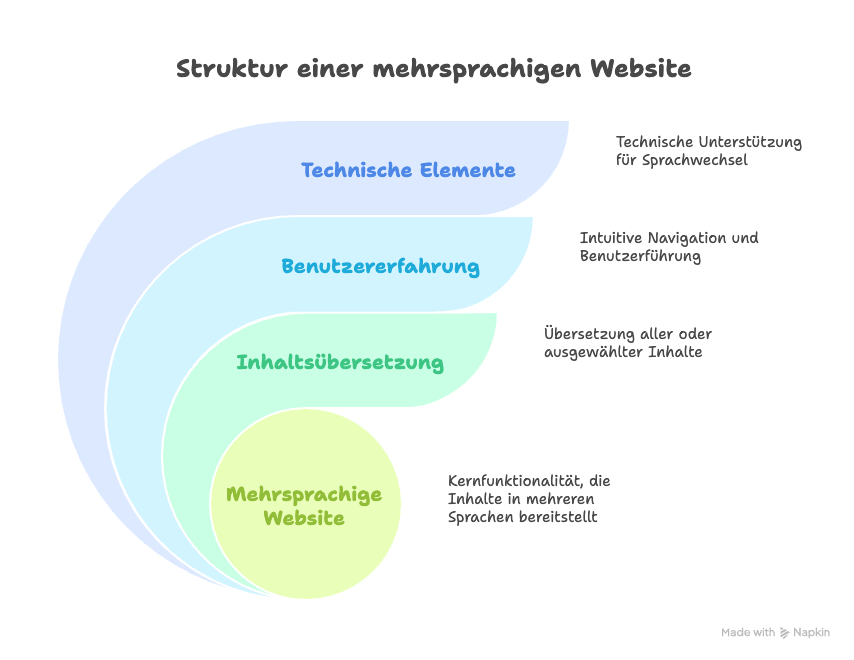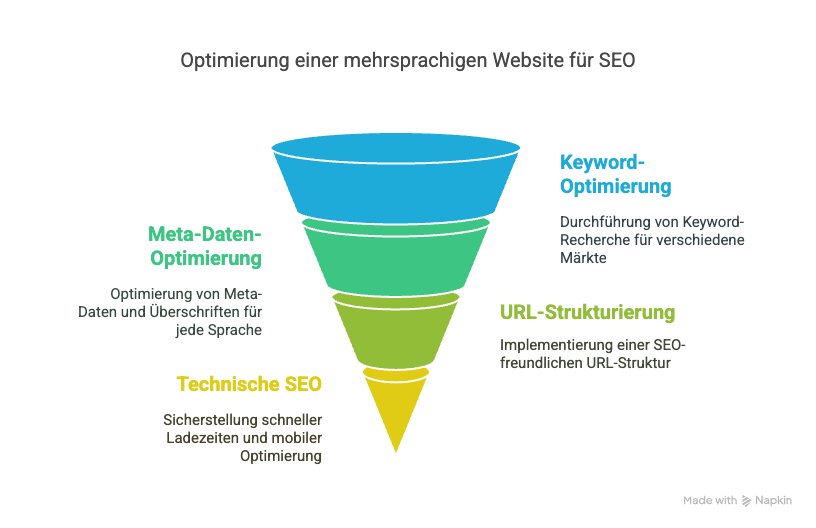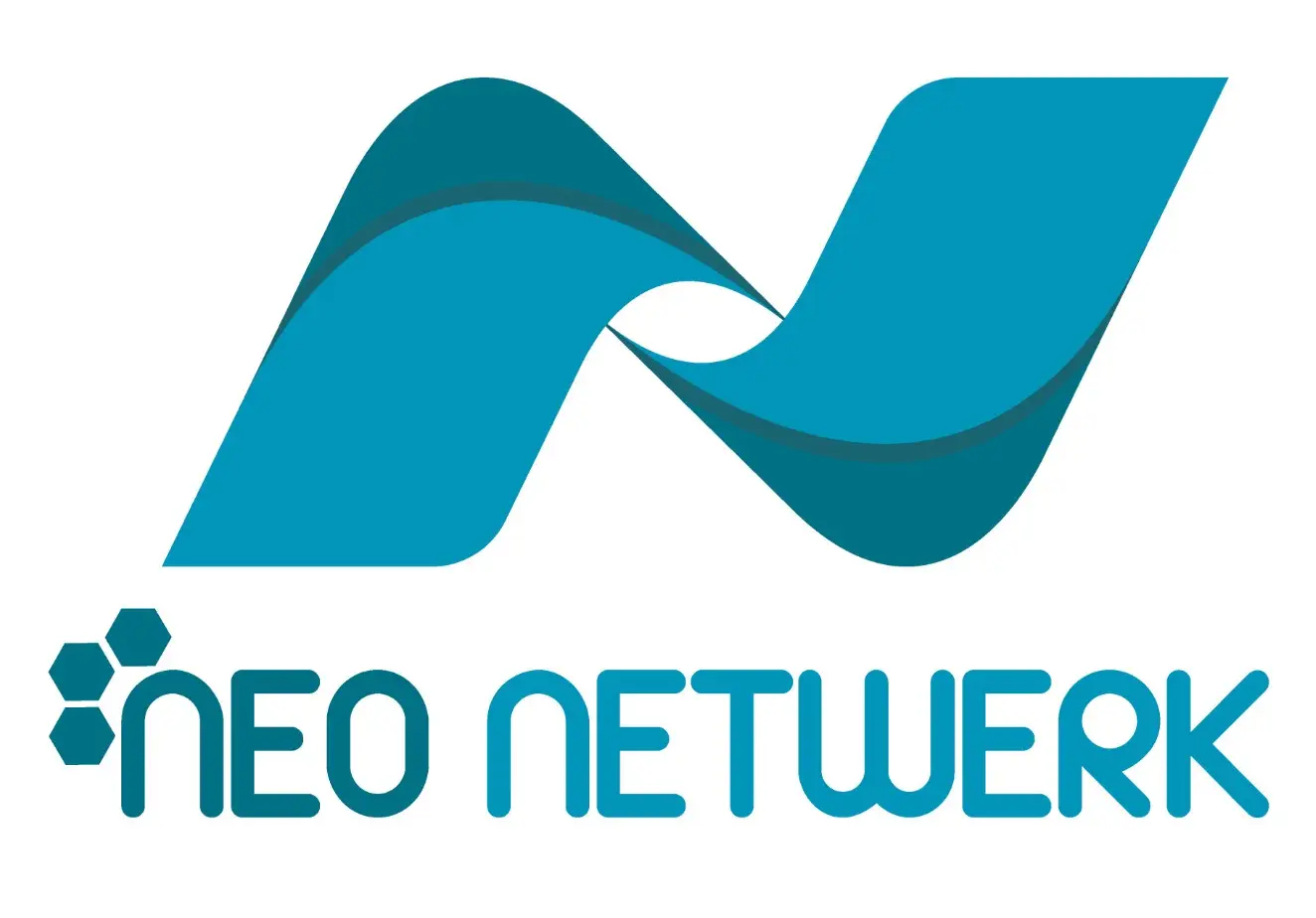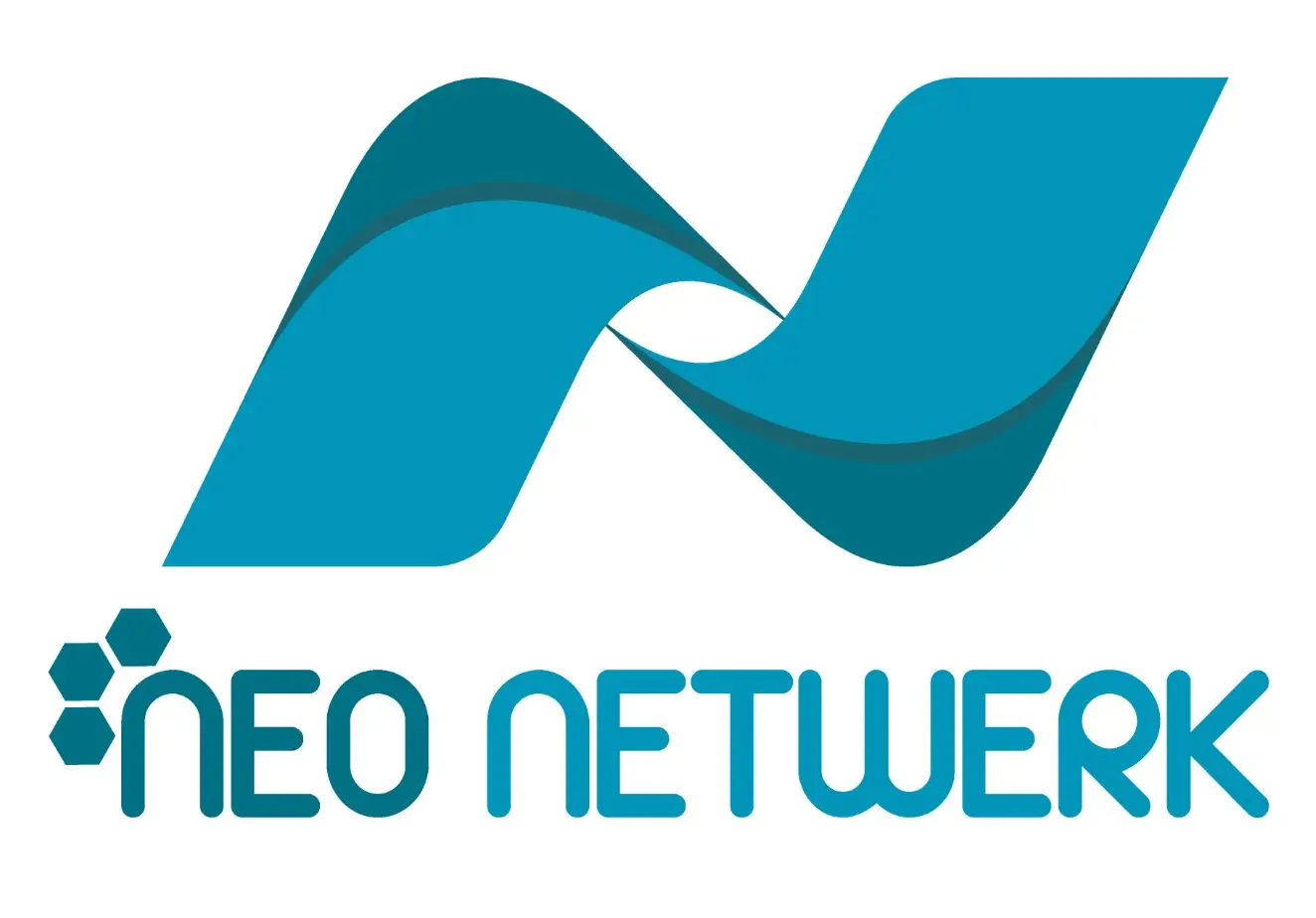Would you like to expand your business and enter international markets? Then, in addition to adapting your products and services, you should also think about your website.
Whether it’s an online shop or a classic landing page—a website that aims to appeal internationally must be adapted to the conditions of the target region.
What is a multilingual website?
A multilingual website provides all content in multiple languages. This allows users to select their preferred language version or have it automatically displayed based on their browser settings or location.

Such a website can either offer complete translations of all content or present only selected sections in different languages. What’s important is that navigation, user guidance, and technical elements are designed for seamless and intuitive use in each language.
Why do I need a multilingual website?
If your company operates internationally or targets customers from different language regions, a multilingual website is essential. It improves usability and allows potential customers to learn about your offerings in their native language. Furthermore, a multilingual website builds trust, as people are more likely to engage with companies that communicate in their language.
A multilingual website also provides advantages for search engine optimization (SEO). With proper adjustments, your website can be found more easily in different language markets and achieve higher rankings in search results.
SEO and multilingual websites: Challenges and solutions
Just having a multilingual website is not enough to be found in your target market. With international SEO, you can rank in search engines in other regions of the world and reach potential customers.
A multilingual website comes with some SEO-specific challenges. One of the biggest is correctly implementing the different language versions so that search engines and users are shown the right version. Incorrect hreflang tags or an unclear URL structure can lead to Google misassigning the content or identifying it as duplicate. This in turn leads to poor ranking.

To ensure your content is found internationally, several key measures must be taken into account:
- Keyword optimization for different markets: Keywords vary by language and region. Thorough keyword research per language is necessary to ensure your content meets relevant search queries in each target language.
- Meta data and headings: Each language version should include optimized title tags, meta descriptions, and H1–H4 headings. Direct translations are often not enough, as cultural differences influence search behavior.
- SEO-friendly URL structure: Your website structure should follow SEO best practices. You can use language directories (example.com/en/), subdomains (en.example.com), or separate domains (example.co.uk).
- Technical SEO: Fast loading time, mobile optimization, and clean site structure are essential for international SEO success. Google favors fast and user-friendly websites, regardless of language.
With a targeted SEO strategy, you ensure that each language version of your website is not only indexed correctly but also ranks well in the respective countries. Our team of SEO experts can help you adapt your multilingual website.
6 steps to a multilingual website
Before you begin implementation, you should analyze which languages are relevant for your business. Consider existing customers, market potential, and growth opportunities. Also decide whether to include only the main languages or also regional dialects.
Before creating a website in multiple languages, you should know the available platforms. Wix or IONOS allow you to build websites with multilingual support. Wix Multilingual, for example, supports over 180 languages and covers a large portion of the market.
Step 1: Target audience analysis and language selection
Before starting, analyze which languages are relevant for your business. Consider current customers, market potential, and growth opportunities. Decide whether to include only the main languages or also regional dialects. It’s crucial to know which markets you want to enter before designing a multilingual website.
Step 2: Choose the right website structure
There are various ways to structure a multilingual website. You can use subdirectories, subdomains, or even country-specific domains.
- Subdirectories (example.com/en/, example.com/fr/): When is this option useful? This solution is ideal if you want to keep all language versions under one main domain and benefit from domain authority. It’s best for companies that don’t need country-specific content and follow a centralized SEO strategy.
- Subdomains (en.example.com, fr.example.com): This option is useful if you want to manage different language versions independently. It’s ideal when implementing regional SEO strategies or when different teams handle different language versions.
- Country-specific domains (example.co.uk, example.fr): This variant is especially suitable for companies that want to appear locally in specific countries. A dedicated ccTLD (Country Code Top-Level Domain) signals to search engines that the content targets users in that country, which can improve local rankings.
Step 3: Technical implementation with the right CMS
To implement multilingual support, you need a suitable Content Management System (CMS). If you choose WordPress, plugins like WPML or Polylang let you manage content in multiple languages. Drupal and Joomla also offer built-in multilingual features.
If you run an online shop that should go multilingual, e-commerce platforms like Shopify, Magento, and WooCommerce support this via various extensions.
Step 4: Translating content
To ensure a high-quality user experience, all content should be accurately translated. There are three main translation approaches:
- Machine translation: Fast and inexpensive, but often inaccurate (e.g., Google Translate, DeepL). We advise against relying solely on this. Read more in our blog post “Multilingual Online Shops.”
- Human translation: Higher quality, but more time-consuming and costly.
- Hybrid solution: Initial machine translation, followed by manual editing.
If you choose machine translation, tools like Weglot are available. However, you should expect variations in quality, which can impact your brand image and reach.
Step 5: Usability and cultural adaptation
Beyond language, cultural aspects must be considered. Symbols, images, and colors have different meanings in different cultures. Currency formats, date formats, and legal requirements should also be adjusted to enhance usability.
Step 6: Integrating language switching
To allow users to easily switch languages, a clearly visible language switch should be integrated. This can be via a dropdown menu or flag icons. Ensure the selected language is retained when navigating to another page.
Have a multilingual website created
If you don’t have the necessary resources or technical know-how, feel free to contact our experts. We support you in creating your multilingual pages and handle search engine optimization at the same time.
Our experts will help you find the optimal technical solution, integrate high-quality translations, and ensure user-friendly navigation for different language versions.
We also professionally implement SEO and cultural adaptations to ensure your website is successful internationally. If you are planning a new website, let’s talk about integrating multiple languages.


